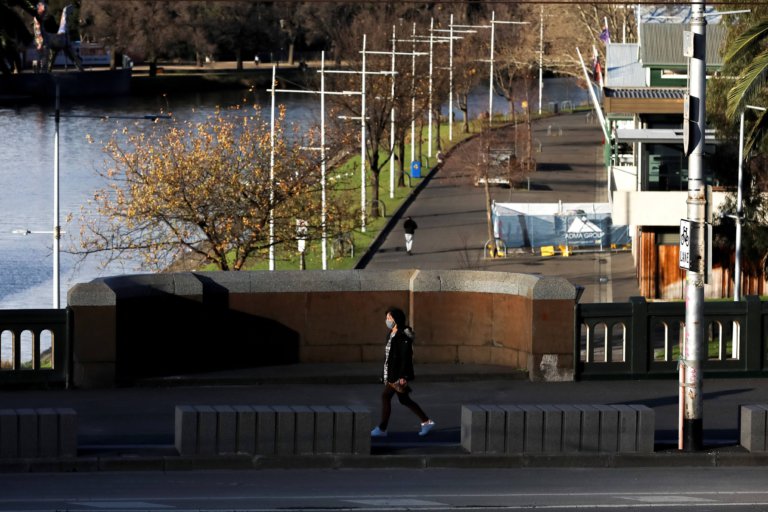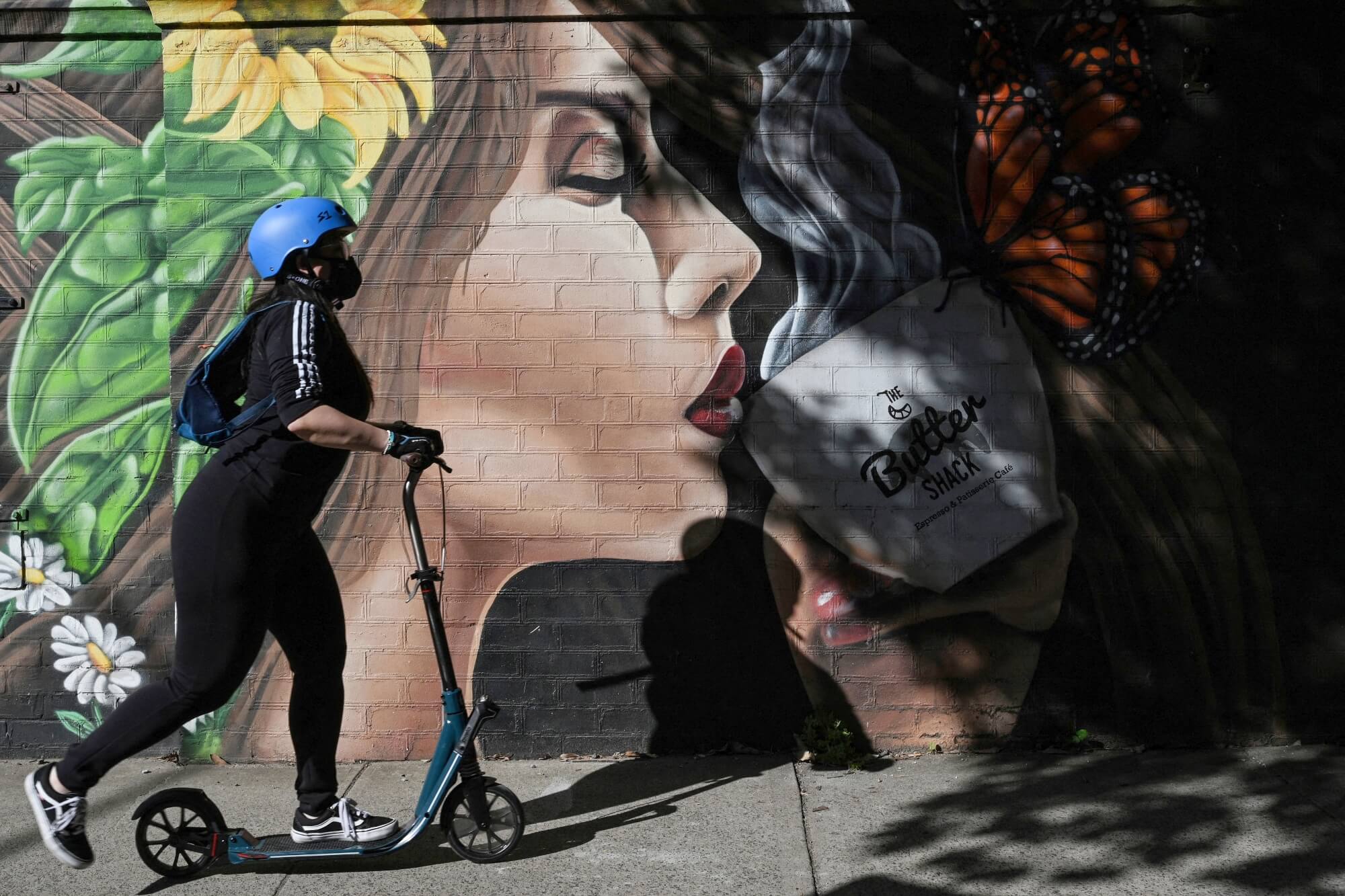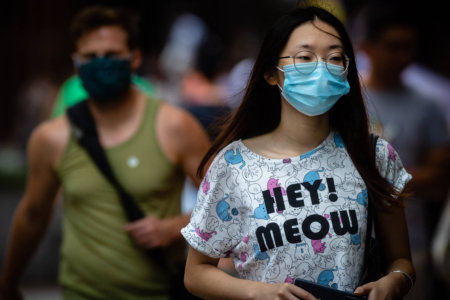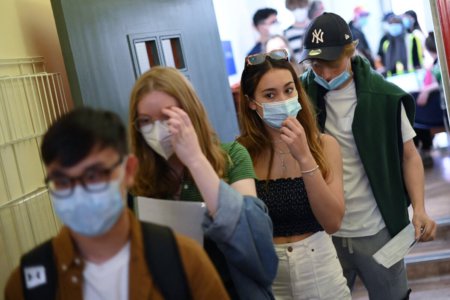
Australia was among the first countries to close its borders to international students before COVID-19 was on steroids, but it was also among the last leading study abroad destinations to reopen them.
While the border reopening in December came as a relief to thousands of stranded students clamouring to return, the country’s new policy decisions could affect the longer-term impacts on student sentiment towards Australia as a study destination, cautioned a researcher.

The Lygon Group’s social media listening shows that some international students in Australia see the recent incentives for students as “a marketing tool” to lure prospective students or a short-term measure to fill labour shortages with no long-term benefit for students. Source: Patrick Hamilton/AFP
Australia introduces new measures to boost its appeal as a study abroad destination
International students in Australia have been locked out of the country for nearly two years. In that period, the government had, on numerous occasions, shelved pilot plans for students’ return.
As a result, student sentiment took a hit. The number of students applying to study abroad at Australian universities plunged while the country’s borders remained closed. This year, the gears have shifted. The Morrison government is bolstering efforts to woo students back to its shores by announcing several incentives.
“The last few months have seen some really important policy moves for Australia’s international education sector – including the removal of working hour caps, the visa refund scheme and the 485 visa renewals,” The Lygon Group’s head of research Angela Lehmann told Study International. “However, all these decisions need to be considered in a broader context.
“The risk is that these policies are designed as a short-term fix without considering longer-term impacts on student sentiment towards Australia as a study destination. While designed with good intentions and with an immediate positive impact on sentiment, the various restrictions and caveats around these new policies may have unexpected impacts on the everyday lives of international students.”
Mixed reactions over incentives for international students in Australia
There have been mixed reactions from international students about the temporary removal of the 40 hours-a-fortnight restrictions.
Some students are excited about the changes and are viewing this as their opportunity to undertake full-time work, while others are concerned that working longer hours in front-line industries puts them at a greater risk of contracting COVID-19, explained Lehmann.
Some are also sceptical of the government’s motives behind this change. “Some see it as a marketing tool to ‘lure’ prospective international students or a short-term measure to fill labour shortages with no long-term benefit for students,” said Lehmann.
Some students are still bruised by Australian Prime Minister Scott Morrisons’ call for international students and other temporary visa holders to “return to their home countries” if they can’t support themselves in the country early in the pandemic.
These students are also curious about what measures are in place to support their health and welfare if they contract COVID-19. Some students and graduates are referring to the changes as an opportunity for students to be exploited as they may not feel able to turn down shifts and hours.
The visa fee refund — offered to students who return to Australia between Jan. 19, 2022 and March 19, 2022 — has been a source of frustration for those who arrived before or after these dates due to various structural hurdles. Some are viewing this as a marketing tool to attract more students, rather than a genuine attempt to support students, said Lehmann.
“The same is true for the announcement that expired Temporary Graduate Visas (Subclass 485) visas can be renewed. A positive and welcomed decision. However, in reality, the policy only kicks in mid-way through the year, leaving many in limbo for months, watching Australia from a distance reportedly struggling with labour shortages,” she explained.

International students in Australia are keen to get back to face-to-face learning, and to experience life in Australian campuses and communities, said Lehmann. Source: Saeed Khan/AFP
Challenges faced by students upon their return to Australia
While the border uncertainty from the past 18 months sent many students into a tailspin, their challenges are far from over.
“International students who have recently arrived, haven’t had the chance to form a community to support them and are struggling to understand where to get help and what they should do if they test positive for COVID-19,” said Lehmann.
“These students have turned to their peers online to seek guidance as to what they should do, how to navigate the healthcare and welfare system to seek help and support, apply for the hardship payments and if OSHC covers their medical expenses.”
International students in Australia also fear contracting COVID-19, what with the surge in cases in the country.
Ultimately, there are many structural and social barriers that different groups of students need to overcome to arrive, study and graduate safely and successfully at the moment, said Lehmann.
“A sustainable and long-term plan for the sector to recover will take into account the myriad challenges that different cohorts of students may face leaving home and transitioning through a successful and safe study experience in Australia,” she said.










